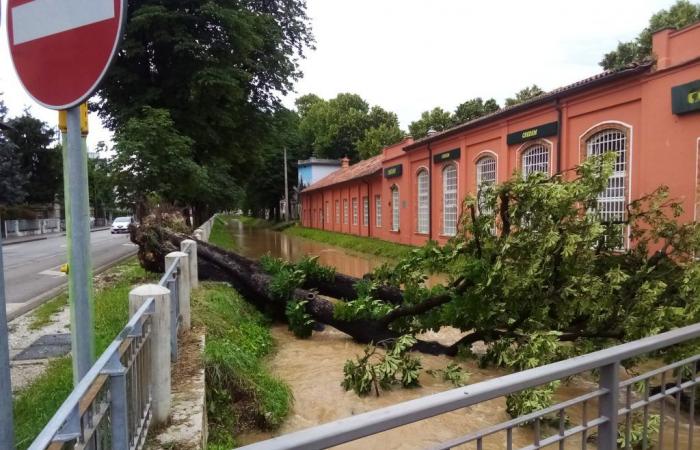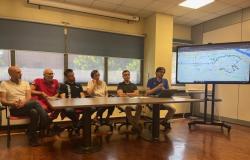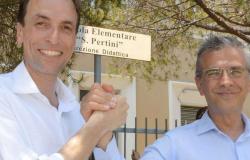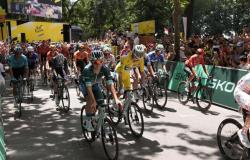Extreme events such as heavy rains and heat waves make headlines for the effects they cause, as happened with the storm in Udine on June 10th.
How to take cover? The best answers to counter rising temperatures, the formation of heat islands and flooding are “Nature-based Solutions” (hence the acronym NBS) which, at the same time, promote the increase of biodiversity and the restoration of ecosystem services, i.e. the multiple benefits provided by ecosystems to mankind. NBS are inspired by nature and are supported by its elements, have an excellent cost-benefit ratio and produce social, environmental and economic improvements.
The study by the FVG Energy Agency
Commissioned by the Municipality of Udine, the FVG Energy Agency has developed a catalogue of NBS and its possible applications, conceived for specific public spaces in the Friulian capital. These are tools that can be used by the municipal administration to launch a programme of interventions for climate adaptation in the urban area: “The aim is to respond to the need for strategic planning, redevelopment and urban regeneration that are able to prevent and adapt to the environmental and climate challenges that already affect the municipal territory, and will affect it increasingly in the near future” says Matteo Mazzolini, director of APE FVG.
It is impossible to summarize in a few lines all the NBS that could be applied, but let’s give some examples:
Soil waterproofing is one of the most evident critical issues in our urban centers: its depaving, which consists in freeing the waterproofed soil and possibly transforming the area into a green space, or covering it again with permeable paving (in the case of roads, parking lots and squares), gives benefits to the microclimate and to the potential for water infiltration into the soil, reducing the risk of flooding, linked to extreme rainfall, phenomena that are increasingly frequent due to climate change.
Hanging greenery in Piazza Venerio
Another possibility is extensive green roofs, a lightweight, low-maintenance vegetal roofing system. The plants used are generally mosses, succulents, herbs and flowers, which easily adapt to various climatic conditions and are self-regenerating. It is typically used for green roofs and the APE FVG staff imagined its installation on the roof of the underground car park in Piazza Venerio, which constitutes the surface of the square itself, in order to reduce the heat island effect, without losing the traces of the Savorgnan palace and the parking structures already present.
Rain gardens are green areas characterized by small depressions that intercept rainwater (i.e. rain) from adjacent impervious surfaces (roads, car parks, roofs) and allow it to gradually infiltrate into the ground thanks to a sandy and gravelly substrate , taking advantage of the slope. Thus they guarantee not only hydraulic safety, but also the natural purification of the collected water.
Pocket parks are defined as small public green spaces, generally delimited on the sides by neighboring buildings. They occupy residual areas, often devoid of relational functions, creating a new space for sociality; furthermore they are useful for regulating the microclimate and for biodiversity and act as “lungs” of the city, contributing to the increase in the permeable surface. Compared to other green spaces, these are designed starting from the identity of the neighborhood and the habits of those who live there, thus becoming an external extension of the inhabited space.
“As we can see, the benefits of NBS are not only environmental and economic, but also social – concludes Mazzolini – and will be decisive for building resilience”.






